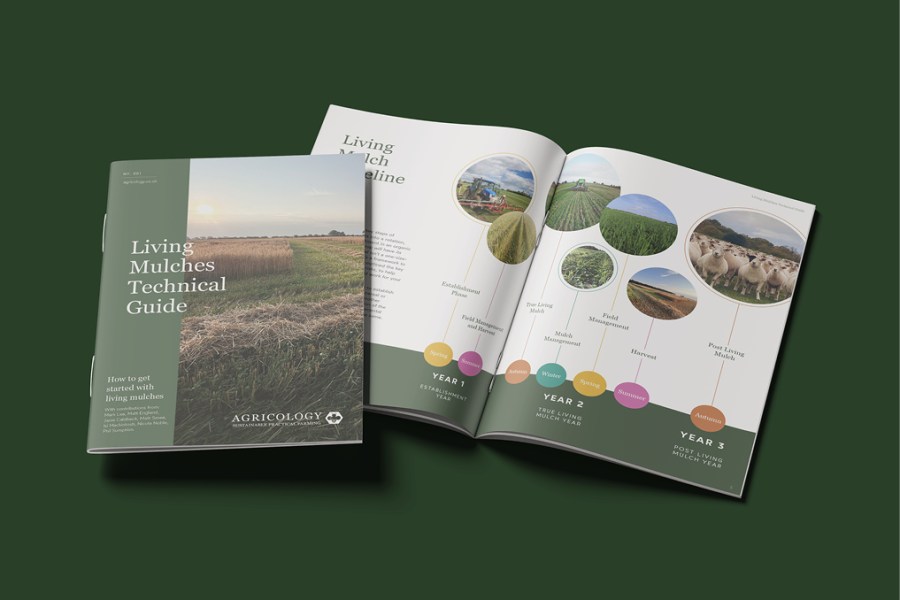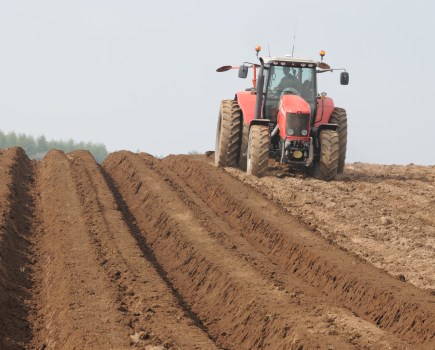Farmers looking to enhance soil health, increase resilience and improve sustainability have a new resource at their fingertips – the living mulches technical guide.
The newly release guide aims to provide clear, practical advice on implementing living mulch strategies that deliver tangible benefits across farms of all sizes.
Free resource
Co-created in response to farmers’ questions, the free-to-access resource builds on four years of research conducted through an Innovative Farmers Field Lab, further studies by the Organic Research Centre, and insights from UK farmers who’ve trialled living mulches.
It’s designed to offer clarity and step-by-step guidance on effectively adopting this innovative practice.
When managed correctly, living mulches improve soil structure and fertility, reduce run-off and erosion, and enhance nitrogen availability for future crops. They can also boost in-field biodiversity, suppress annual weed populations and lower production costs.
Challenges
However, without correct management, living mulches can also present challenges, including competition with crops, potential yield penalties, and increased perennial weed burdens.
Structured around the farming year, the guide focuses on the living mulch journey season by season – from spring establishment and summer field management, to harvest and autumn transition into a fully living mulch system, and concluding with winter mulch management.
Each seasonal chapter clearly outlines the actions required, important considerations and potential risks, providing a practical, time-based roadmap to help farmers plan, adapt and trial the system at their own pace.
Different system approaches
While there are multiple ways to integrate living mulches, the guide focuses on a low-input system with alternative strategies and additional insights are provided for those working within conventional farming systems.
Matt Smee, head of agricology at the Organic Research Centre, says living mulches are a great tool for farmers seeking sustainable and efficient farming practices. “Every farm is unique, every season brings new challenges, and no two years are the same.
“With this in mind, the guide provides a framework which allows farmers to tailor living mulch practices to suit their specific needs,” he says.
Along with the guide, Agricology has also created an online learning journey, the Living Mulch Hub, which collates resources, research papers, tools and reports on living mulches. To access the free online learning journey and the full Living Mulches Technical Guide, visit: www.agricology.co.uk/resource/living-mulches-technical-guide/




